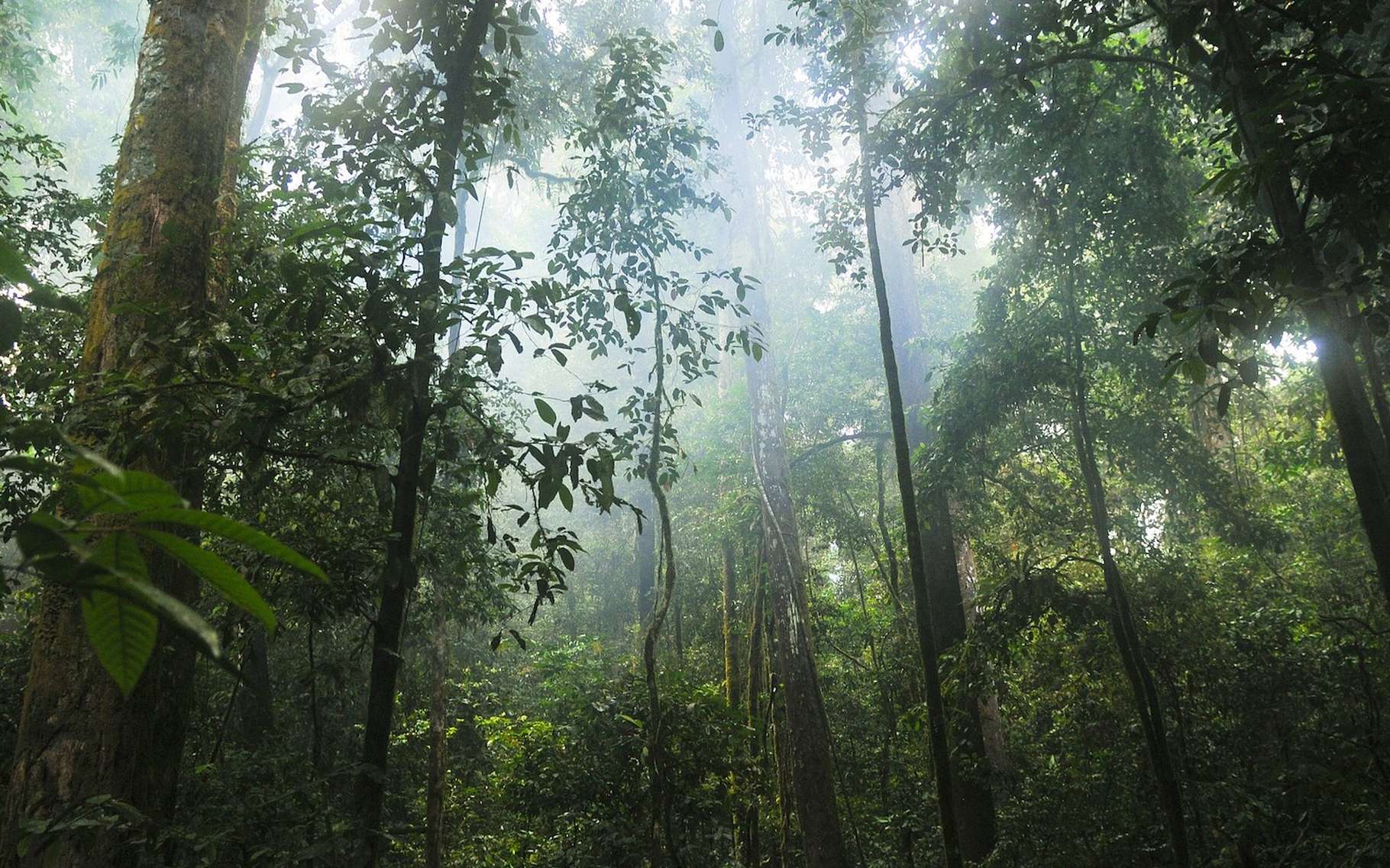Among other major functions, forests play a vital role in preserving biodiversity on Earth. Yet their deforestation and degradation continue to continue at an alarming rate. Today more than ever, conservation institutions and organizations are calling for action to avoid the irreparable.
To date, forests occupy approximately 31% of the Earth’s surface (4.06 billion hectares) and host the majority of terrestrial biodiversity . It is therefore worrying to read that 420 million hectares of forest have been lost since 1990 due to human activity. Between 2015 and 2020, it is estimated that the deforestation rate amounts to 10 million hectares per year. It is certainly 6 million hectares less than in 1990, but these figures will have to be considerably improved in order to avoid the catastrophe.
Endangered forests and biodiversity
” The deforestation and forest degradation continue at an alarming rate, which contributes significantly to the current decline in biodiversity ,” stresses THAT Dongyu , Director General of the United Nations Food and Agriculture ( FAO ). The primary cause of this eradication of forests remains industrial agriculture, mainly dedicated to the production of food for livestock and to the cultivation of soya and palm: between 2000 and 2010, it was responsible for 40% of tropical deforestation. Local agriculture, on the other hand, contributed 33%.
Together, FAO and the United Nations have produced a new report outlining the current state of forests, and supporting the need to act now to protect biodiversity . With each million hectares of forest disappearing, countless plant, animal and fungal species are dying out, while others are forced to evolve in an ever smaller territory, which leads to increased competition. for the survival of species.
Of the 20,334 tree species listed by the International Union for the Conservation of Nature ( IUCN ), 8,056 are threatened, of which 1,400 are close to extinction. Among vascular plants, 21% of the species are threatened. The forests are also home to 80% of amphibian species, 75% of birds, 68% of mammals, and most insects. It is estimated that there are also several million species of fungi, some of which form the forest nervous system, allowing the exchange of signals and nutrients between the trees.
Protection duty
Forests around the world provide oxygen, protection, food, energy, beauty, and many other benefits: 90% of people living in extreme poverty currently depend on forests for survival, while these generate tens of millions of jobs.
